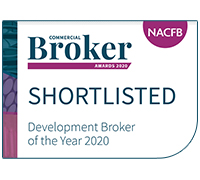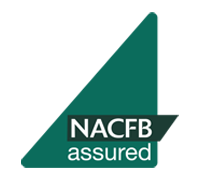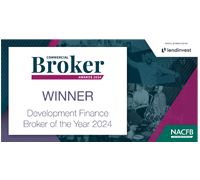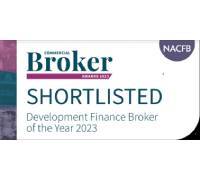That could be the result of funds being tied up in a current project, or a “not-to-be-missed” opportunity presenting itself at not precisely the right time.
There are a number of joint venture lenders out there, but most of these operate on a profit-share basis, and projects with a significant enough net profit to share between two parties can be difficult to come by. The mezzanine funders are capped at 90% of project costs, and the vast majority of these will only cover a very restricted territory, thus leaving the minority with a wider geographical patch with more than they can handle.
We are seeing more and more boutique private equity providers looking to help out by plugging that gap – sitting behind the senior debt provider, on a second charge basis. Similar to mezzanine finance then, but without any cap on loan to cost and perhaps more applicable to smaller loan sizes or indeed projects in locations which the mezzanine funders do not operate in, or cannot cover.
A recent example involved a site in north Wales where the developer was moving on to phase two of his residential development. Phase one works were complete, but sales completions were dragging. The developer had taken reservations on some of the units in phase two, and so naturally wanted to keep momentum to meet the phase two buyers demands. The net sales proceeds from those units in phase one which had sold meant that the debt lender had been repaid, leaving the phase two land unencumbered. The same senior debt lender was willing and ready to fund phase two, but the developer had to inject £75,000 to unlock the facility, which he didn’t have. We arranged a second charge facility at an increase of just 0.25% per month on the senior debt interest rate, and with no profit share.
You’d be hard pushed to find a mezzanine lender with an appetite for that quantum, and in Wales, but the equity provider was perfectly happy to assist given they didn’t have any rigid parameters to adhere to. Clearly phase one went well, and the developer delivered on time and within budget, but was shackled by the phase one buyers sluggish progress.
Indeed, we now have exclusive access to a number of such private equity funders who are happy to sit behind the senior debt lender, and piggy back on any valuation and QS reports, to keep professional fees to a minimum. A kind of quasi-equity given it usually sits outside of the usual debt finance parameters, but affordable enough to make it a very viable option for a developer. Smaller loan sizes and no geographical restrictions mean these funders are currently being kept extremely busy, forging relationships with local developers whose projects are perhaps that bit too small or located just off the beaten track.
































